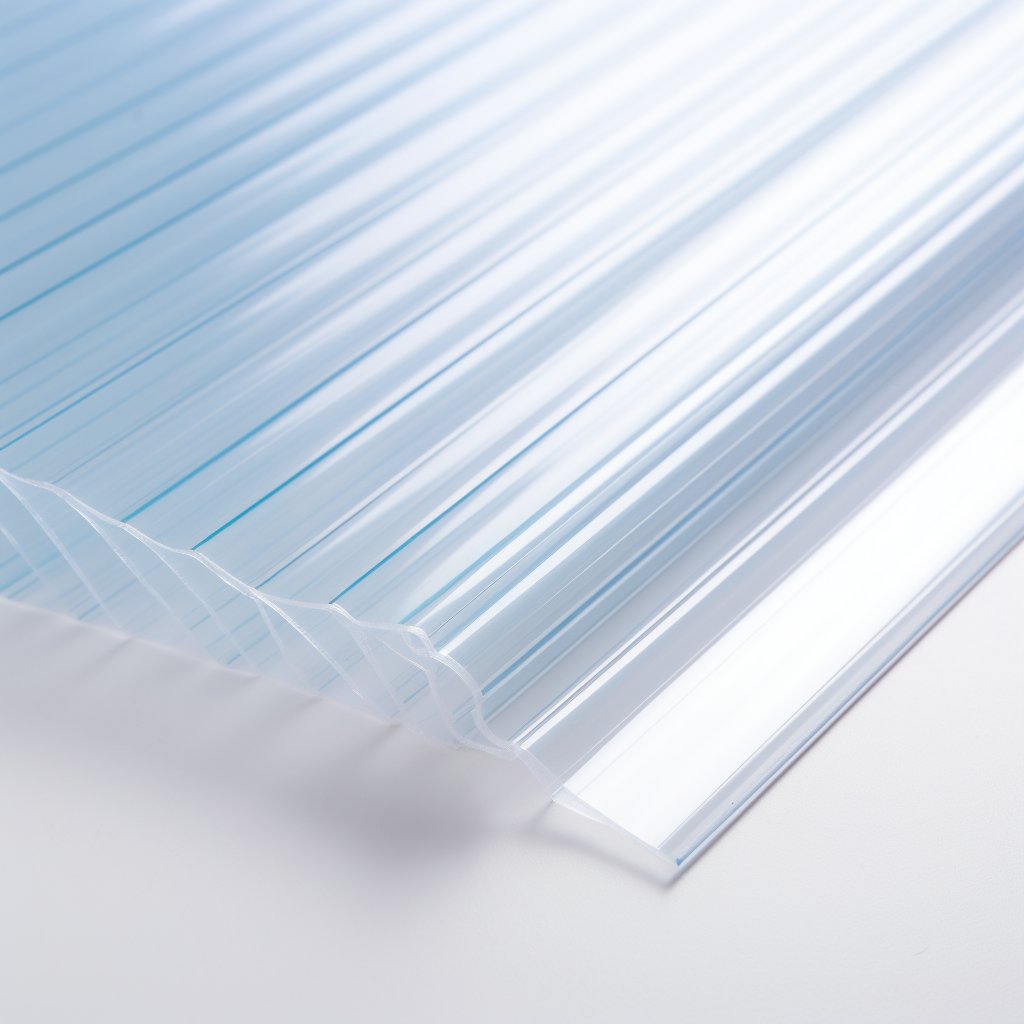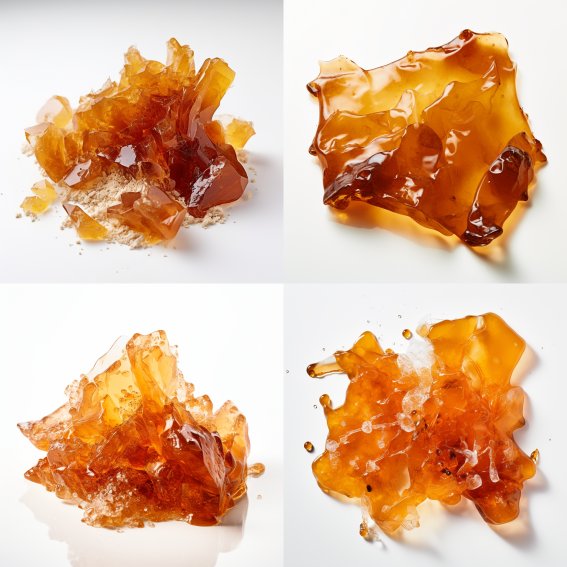EP (Epoxide): Properties, Applications, and Sustainability”
Epoxides, commonly known as epoxy resins, are a class of thermosetting plastics that have become ubiquitous in the modern world. These materials possess a unique combination of properties, including high strength, excellent adhesion, and good electrical insulation properties, making them ideal for various applications in industries such as construction, aerospace, and automotive.
The history of epoxides dates back to the 1930s when Paul Schlack, a Swiss chemist, discovered that the reaction of epichlorohydrin with bisphenol A produced a polymer with excellent adhesion and chemical resistance. However, it was in the 1950s that epoxides began to be used commercially, primarily in the aerospace industry.

What is Epoxide?
The reaction of an epoxide functional group with a curing agent forms epoxides. This reaction forms a thermosetting polymer with high cross-linking and highly resistant to heat, chemicals, and physical stress. EP materials are known for their excellent adhesion, toughness, and electrical insulation properties.
Industrial Usage of EP (Epoxide) Materials
Epoxides are used extensively in various industries, including aerospace, automotive, construction, electronics, and marine. In the aerospace industry, epoxies are used to manufacture aircraft components, such as wings and fuselages. In the automotive sector, epoxies are used to produce lightweight, high-strength composite materials.
Epoxies are used as adhesives, coatings, and sealants in the construction industry. They are also used in the repair of concrete structures and in the production of high-performance flooring systems. Epoxies are used as encapsulants and adhesives for assembling electronic components in the electronics industry.
Application Areas of EP (Epoxide) Materials
Epoxies have a wide range of application areas due to their excellent mechanical and chemical properties. Some typical applications of epoxies include:
- Adhesives and Sealants: Epoxies are commonly used as adhesives and sealants due to their excellent adhesion properties and resistance to chemicals, heat, and physical stress.
- Coatings: Epoxies are used as coatings for various substrates, including metals, plastics, and concrete, due to their excellent chemical resistance and durability.
- Composites: Due to their high strength and stiffness, epoxies are used as matrix materials for composites, such as carbon fibre-reinforced plastics.
- Electrical Insulation: Epoxies are used as electrical insulators in a variety of applications, including electrical equipment, transformers, and motors.
Consumer Product Examples of EP (Epoxide) Materials
Epoxies are used in a variety of consumer products, including:
- Sports Equipment: Epoxies are used to manufacture sports equipment, such as skis, snowboards, and surfboards, due to their excellent strength and durability.
- Automotive Parts: Epoxies are used in producing automotive parts, such as body panels and interior components, due to their lightweight and high-strength properties.
- Adhesives: Epoxies are used as adhesives in various consumer products, such as jewellery, toys, and furniture.
Recycling of EP (Epoxide)
Epoxies are generally not easily recyclable due to their cross-linked structure. However, some methods for recycling epoxies include pyrolysis and chemical recycling. Pyrolysis involves breaking down the epoxy into its constituent chemicals, while chemical recycling consists in breaking down the epoxy using chemicals. However, these methods have yet to be widely used or cost-effective.
Epoxies are generally not easily recyclable due to their cross-linked structure. However, some methods for recycling epoxies include pyrolysis and chemical recycling.
Pyrolysis involves heating the epoxy material to break it into constituent chemicals. This process can be effective, but it can also produce harmful emissions and waste.
Chemical recycling involves breaking down the epoxy using chemicals. This process can be more effective than pyrolysis but can also be more expensive and require specialized equipment.
Advantages of EP (Epoxide) Recycling
The recycling of epoxies can offer several advantages:
- It can help to reduce the amount of waste generated by the plastics industry, which can have a positive environmental impact.
- It can help to conserve natural resources, as recycled materials can be used instead of virgin materials.
- It can help reduce the production cost for manufacturers, as recycled materials can often be obtained at a lower cost than virgin materials.
Disadvantages of EP (Epoxide) Recycling
There are also some disadvantages to recycling epoxies:
- The recycling process can be expensive and require specialized equipment, which may limit its use.
- Recycled materials may not always meet the same standards of quality and performance as virgin materials.
- The recycling of epoxies may not be cost-effective in all cases, especially if the cost of the recycling process exceeds the cost of using virgin materials.
Environmental and Global Impact of EP (Epoxide) Recycling
Recycling epoxies can have a positive environmental impact by reducing the amount of waste generated by the plastics industry. It can also help to conserve natural resources by reducing the need for virgin materials. However, the environmental impact of recycling epoxies can depend on the specific recycling method used. Some processes, such as pyrolysis, can produce harmful emissions and waste.
Regarding global impact, the recycling of epoxies can reduce the carbon footprint of the plastics industry by reducing the energy required to produce new materials. It can also help reduce the demand for fossil fuels used in producing virgin materials. However, the impact of recycling epoxies on a global scale will depend on the availability and adoption of recycling methods in different regions.
Advantages and Disadvantages of EP (Epoxide) Compared to Alternative Plastics
Advantages:
- Excellent mechanical and chemical properties
- High strength and stiffness
- Excellent adhesion
- Good electrical insulation properties
- Low shrinkage during curing
- Wide range of application areas
Disadvantages:
- It can be brittle if not properly formulated
- Can be prone to yellowing and discolouration when exposed to UV light
- It can be difficult to process due to the high viscosity
- High cost compared to some alternative plastics
Market Price Developments of EP (Epoxide)
The market price of epoxies can vary depending on factors such as raw material prices, supply and demand, and market competition. The market for epoxies has been growing in recent years due to increasing demand from various industries, including aerospace, automotive, and construction. The price of epoxies is generally higher than some alternative plastics due to their excellent mechanical and chemical properties.
Future Market Prognosis of EP (Epoxide)
The market for epoxies is expected to continue growing in the coming years, driven by increasing demand from a variety of industries, including aerospace, automotive, and construction. The development of new technologies and applications is also expected to drive growth in the market. However, the high cost of epoxies compared to some alternative plastics may limit their adoption in some applications. Developing more cost-effective recycling methods may also play a role in the future market prognosis of epoxies.
Epoxides
Epoxides are versatile materials widely used in various industries due to their excellent mechanical and chemical properties. They have a wide range of application areas, from adhesives and coatings to composites and electrical insulation. Epoxies are also used in a variety of consumer products, such as sports equipment and automotive parts.
In conclusion, EP (Epoxide) plastics have become integral to our modern world due to their unique properties, such as high strength, excellent adhesion, and good electrical insulation properties. These materials have found extensive usage in construction, aerospace, and automotive industries. Despite their advantages, EP (Epoxide) plastics also have their disadvantages compared to alternative plastics, such as higher production costs and potential health hazards during manufacturing.






